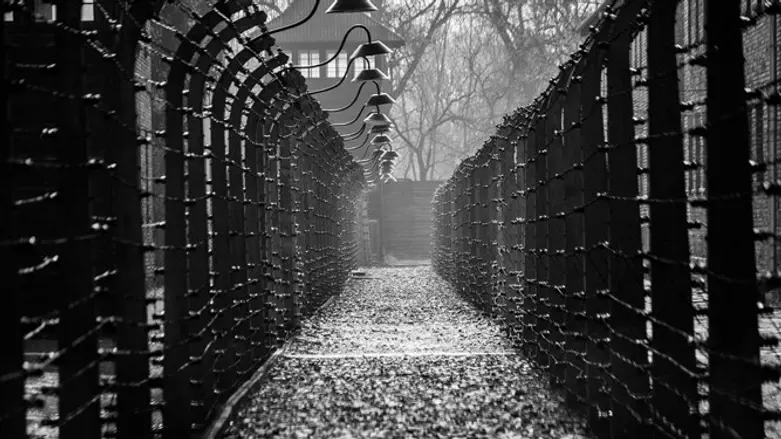
Chief Rabbinate history researcher and rabbi in Jerusalem Shmuel Katz reveals rare documents pertaining to the determination by the Chief Rabbinate Council establishing the tenth day of the Hebrew month of Tevet as a memorial for generations to those murdered in the Holocaust.
"It turns out that the decision was already made in Kislev 5709 (1949)," Rabbi Katz says, "then it was called 'Diaspora Martyr's Day' and only in Kislev 5711 (1951) was a long and official announcement issued on its behalf."
"From here flows a common misconception," explains Rabbi Katz, "that the decision to set a Memorial Day for generations was only made in the year of 1951."
Rabbi Katz explains the significance of the dates: "There was an argument that the Chief Rabbinate and religious Zionists did not accept the Knesset's decision, which was only adopted on the 6th of Nissan 5711 (April 12th, 1951) to designate the 27th of Nisan as 'Holocaust and Ghetto Uprising Day', because it falls in the month of Nisan when Jews do not eulogize. So in response they set a new day - 'General Kaddish Day' on the 10th of Tevet. The dates in the documents clearly prove that this is complete nonsense because the Chief Rabbinate preceded the Knesset by two-and-a-half years."
According to Rabbi Katz, the name that was accepted by the public to this day - "General Kaddish Day", was not given by the Chief Rabbinate. "I found a street ad printed by the Chief Rabbinate published in 1958, and in this ad the day's name is: 'Holocaust Martyrs Day'."
"It's important to understand the nature of the day and how it should be observed," Rabbi Katz explains, "and to see clearly the historical call by the Chief Rabbis for all generations to mark the day, especially nowadays when, unfortunately, the generation of survivors who say Kaddish is disappearing."